Description
SPC vs WPC Vinyl Planks: Which is Right for Your Space?
Introduction
In recent years, luxury vinyl planks (LVP) have gained significant popularity in the flooring industry due to their durability, low maintenance, and aesthetic appeal. Among the various types of LVP available on the market, two popular options are SPC (Stone Plastic Composite) and WPC (Wood Plastic Composite) vinyl planks. Both materials offer unique advantages and disadvantages when it comes to environmental impact, visual appeal, and sustainability certifications. This article aims to provide a comprehensive analysis of SPC vs WPC vinyl planks, helping you make an informed decision based on your specific needs.
Environmental Benefits and Drawbacks
One of the primary concerns when choosing any building material is its environmental impact. SPC vinyl planks are made from a combination of limestone powder, polyvinyl chloride (PVC), and other additives. The use of limestone powder makes SPC more stable and less prone to warping compared to traditional PVC flooring. However, the extraction of limestone has significant environmental consequences, including habitat destruction and increased carbon emissions during transportation. On the other hand, WPC vinyl planks incorporate wood fibers into their composition, which can be derived from recycled wood or sustainably sourced timber. While this reduces the reliance on non-renewable resources, the processing of wood fibers still requires energy and may contribute to deforestation if not managed properly.
Visual Appeal and Aesthetics
Both SPC and WPC vinyl planks are designed to mimic the look of natural hardwood, stone, or tile, offering homeowners a wide range of design options. SPC vinyl planks often feature a rigid core that provides stability and resistance to moisture, making them ideal for high-traffic areas like kitchens and bathrooms. Their consistent appearance and lack of grain variations can create a modern and sleek look, perfect for contemporary interiors. In contrast, WPC vinyl planks tend to have a slightly softer and more natural texture, with visible wood grain patterns that add warmth and character to spaces. This makes them suitable for creating a cozy and inviting atmosphere in living rooms or bedrooms.
Sustainability Certifications and Eco-Friendly Aspects
When it comes to sustainability certifications, both SPC and WPC vinyl planks have made strides in becoming more environmentally friendly. Many manufacturers now offer products that meet strict environmental standards, such as the FloorScore certification, which ensures that the flooring does not emit harmful chemicals into indoor air. Additionally, some brands prioritize using recycled materials and implementing sustainable manufacturing processes. For instance, companies like Mannington and Armstrong Flooring have introduced lines of vinyl planks made from up to 70% recycled content, significantly reducing their ecological footprint.
Conclusion
Choosing between SPC and WPC vinyl planks ultimately depends on your priorities regarding environmental impact, visual appeal, and sustainability certifications. If you value a stable and moisture-resistant option with a modern look, SPC might be the better choice. Conversely, if you prefer a natural and warm aesthetic with eco-friendly credentials, WPC could be the way to go. Regardless of your preference, it’s essential to research and select products from reputable manufacturers committed to sustainable practices.
Reference
Luxury Vinyl Plank vs Luxury Vinyl Tile: What’s the Difference?
Armstrong Flooring Sustainability
Mannington Residential Flooring Technology
Baoding Plastroy WPC Products
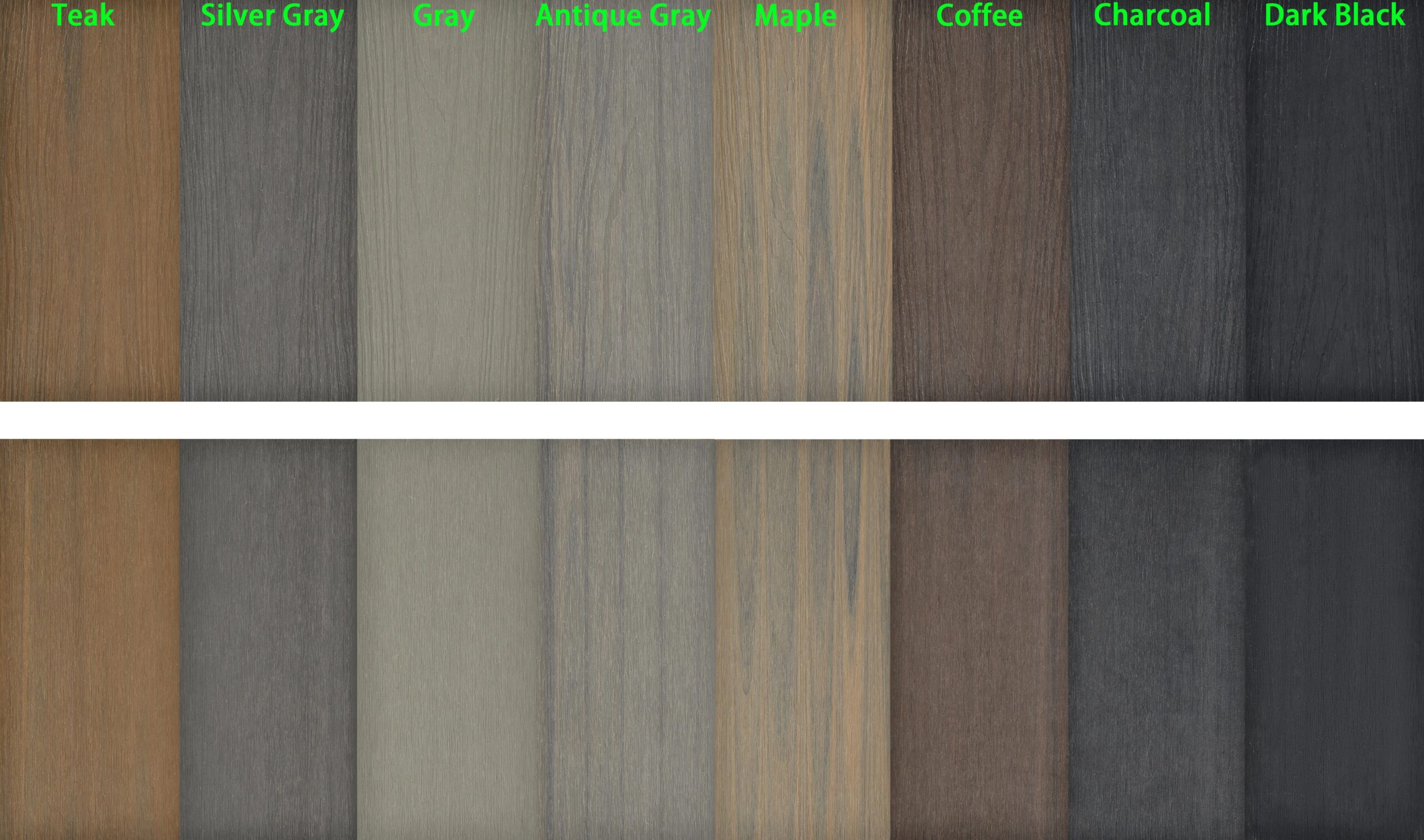
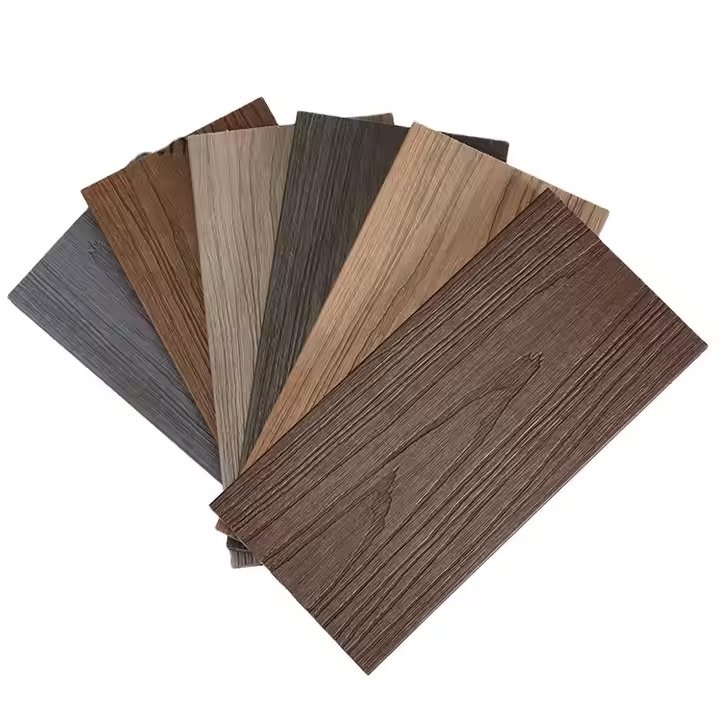
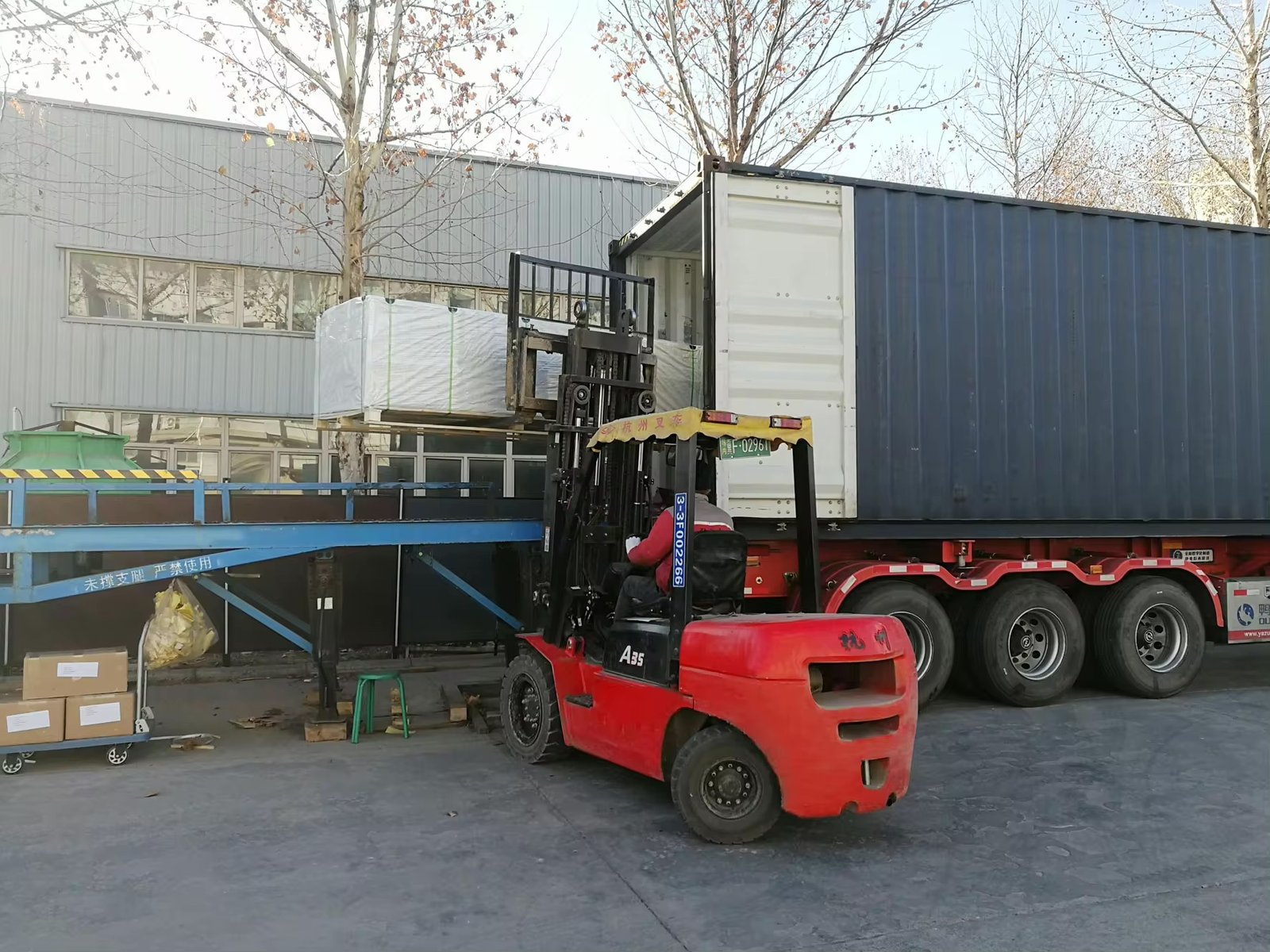
Why Choose Plastory?
Baoding Plastory New Materials Co., Ltd. is a manufacturer of decorative materials with over 9 years of experience and 56 separate production lines.
Currently, our annual production exceeds 30,000 tons, with products exported to more than 50 countries worldwide.
Plastory is the drafting unit of the WPC National Standards and has obtained certifications such as REACH, ASTM, CE, and FSC. Plastory is dedicated to maintaining consistent quality, focusing on details, and prioritizing customer satisfaction.
Our factory is located in Baoding, Hebei Province, China, with a prime location and convenient transportation access. Baoding is approximately a 1.5-hour drive from Beijing Capital International Airport and just 2 hours away from Tianjin Port, making it easy for global clients to visit and facilitating efficient shipping of goods. Our facility spans a large area, equipped with advanced production equipment and modern testing facilities to ensure that every batch of products meets the highest quality standards.
We warmly welcome clients from around the world to visit our factory, where you can see our production processes firsthand and experience our product quality. Please feel free to reach out to us—we are committed to providing you with the best products and services.
Kindly get in touch with us to request a product catalogue.

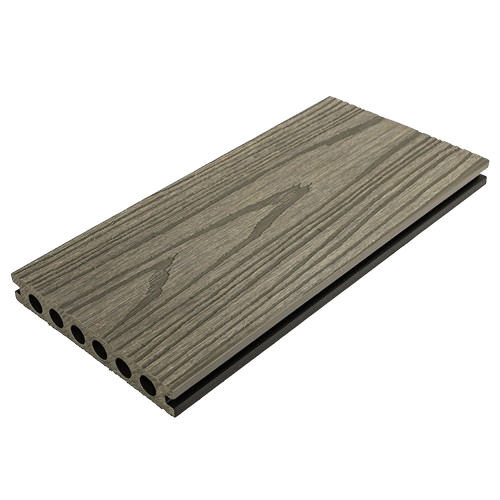
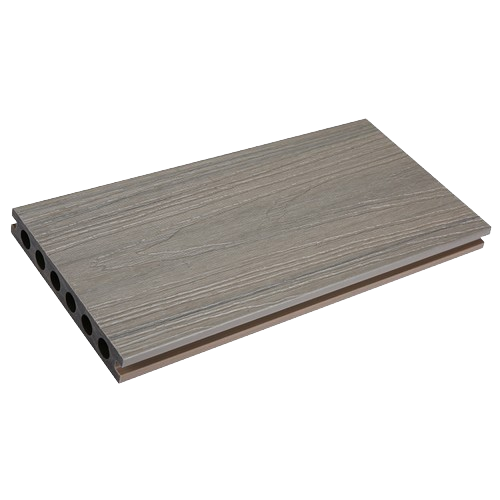
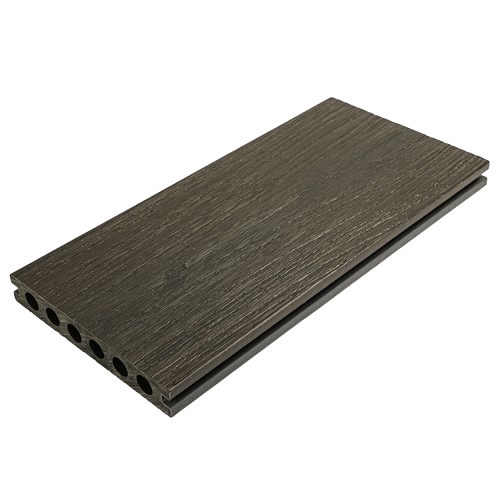
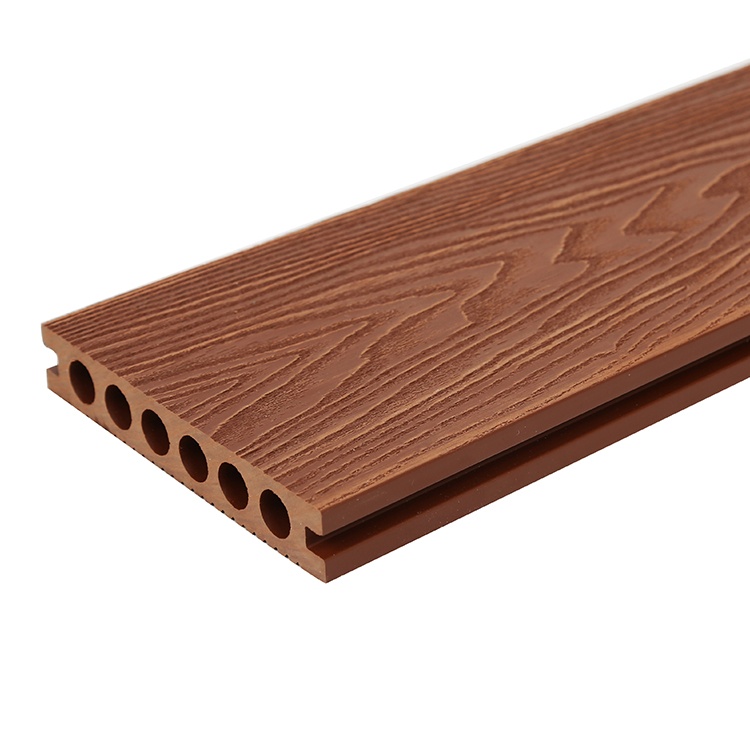

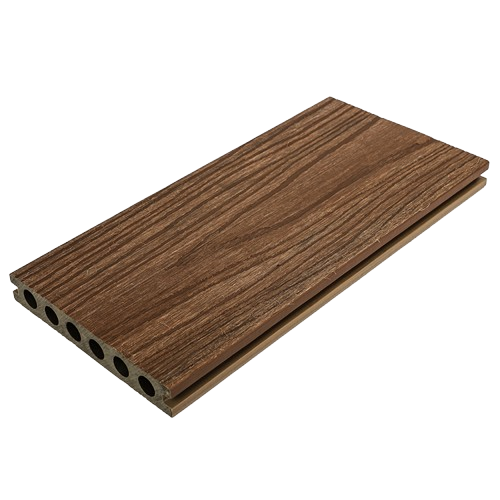
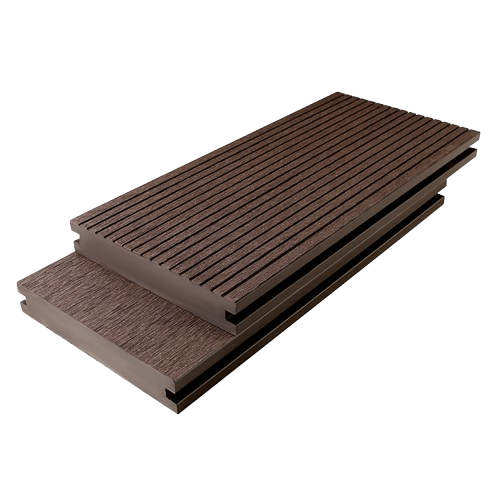
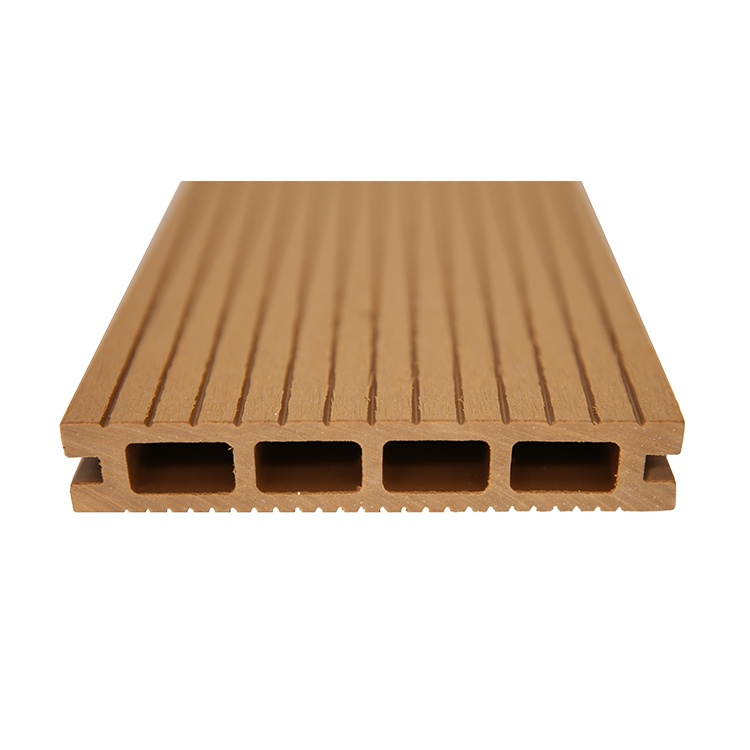
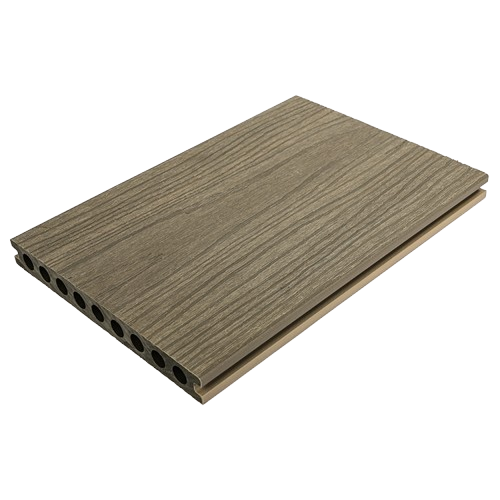
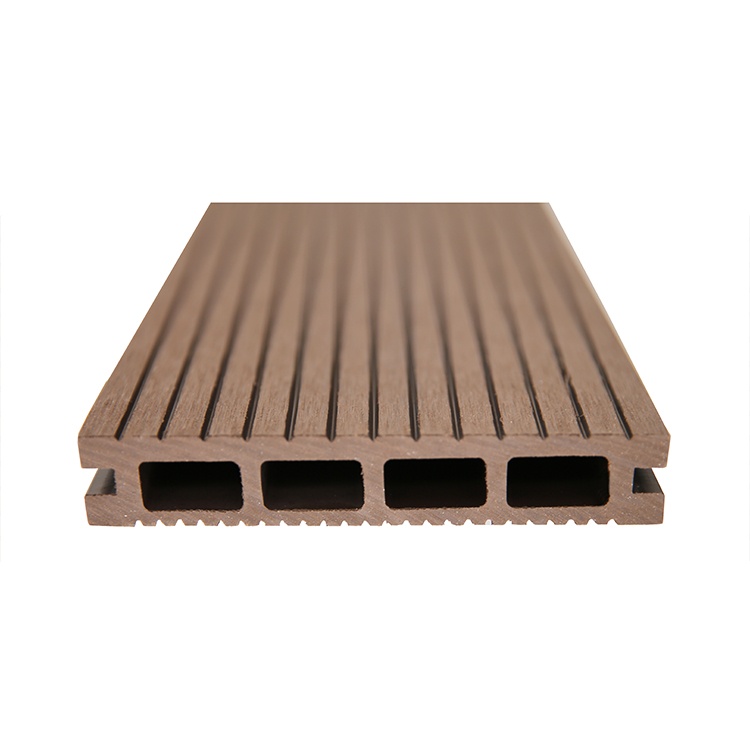
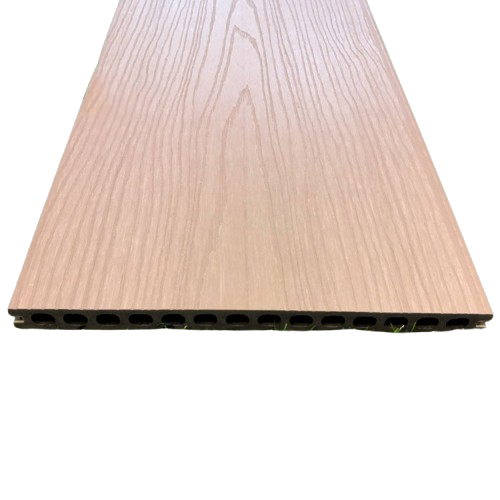
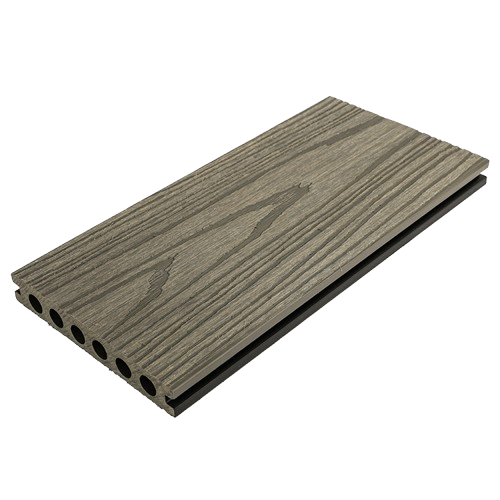
Reviews
There are no reviews yet.